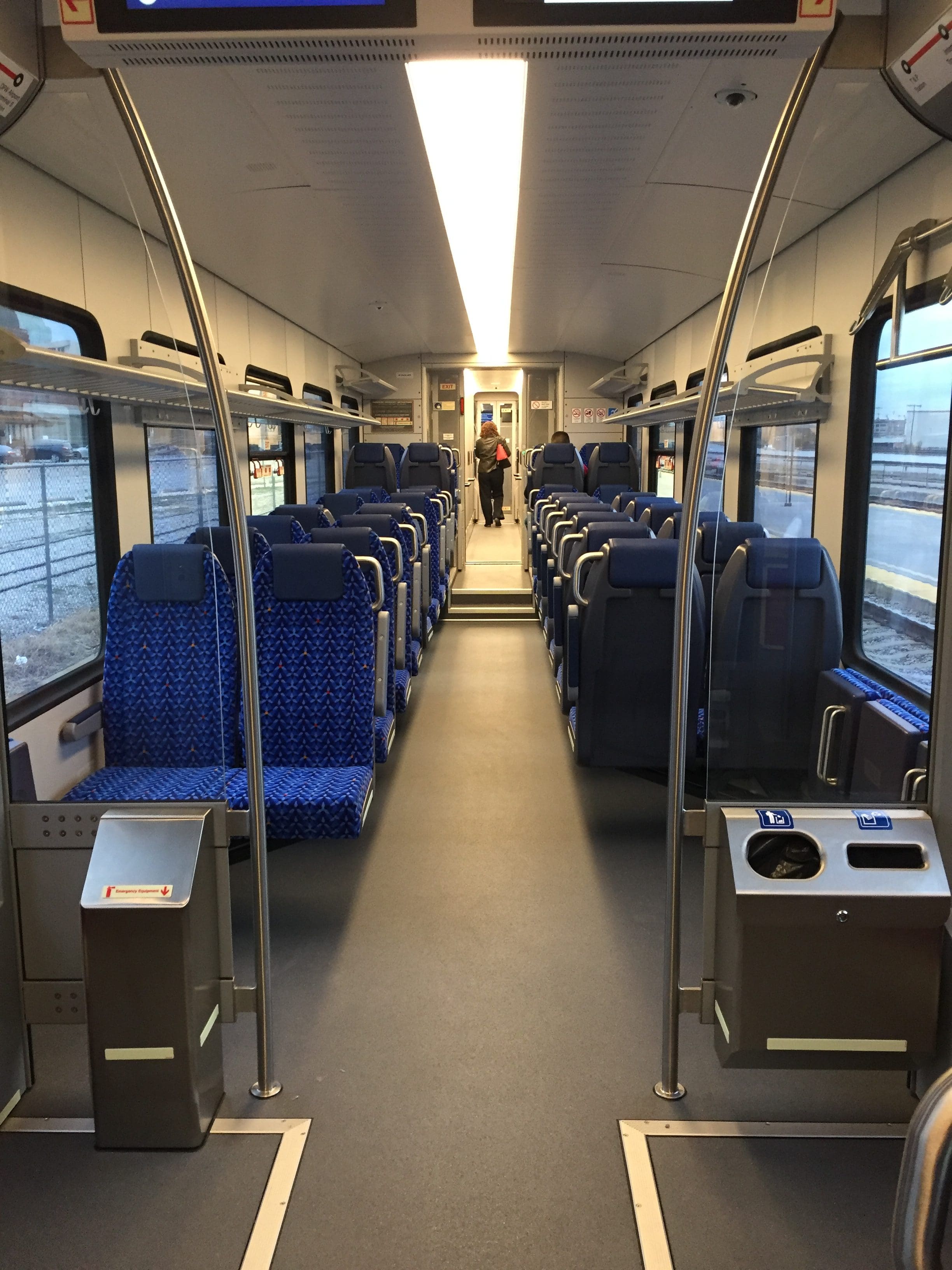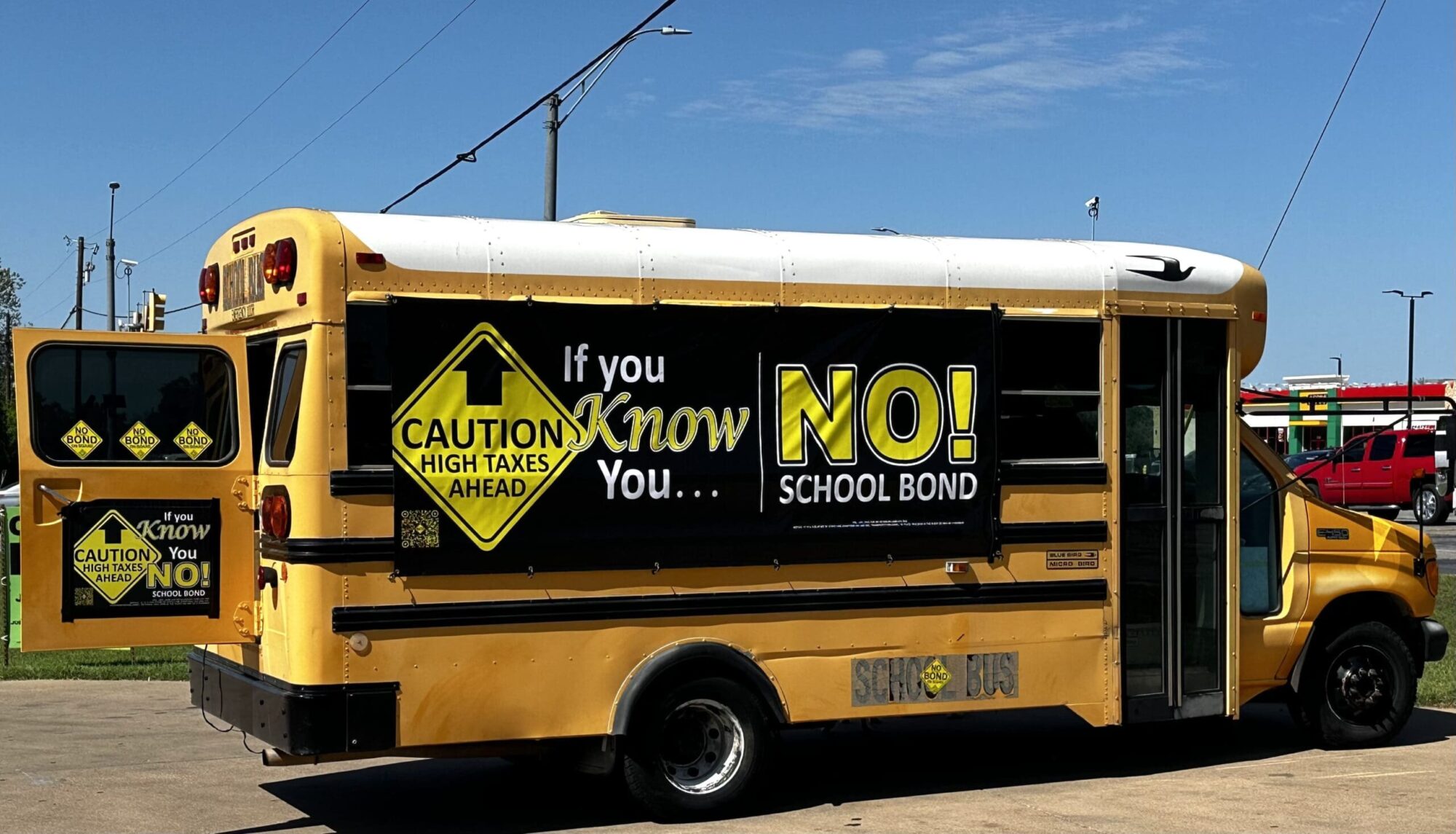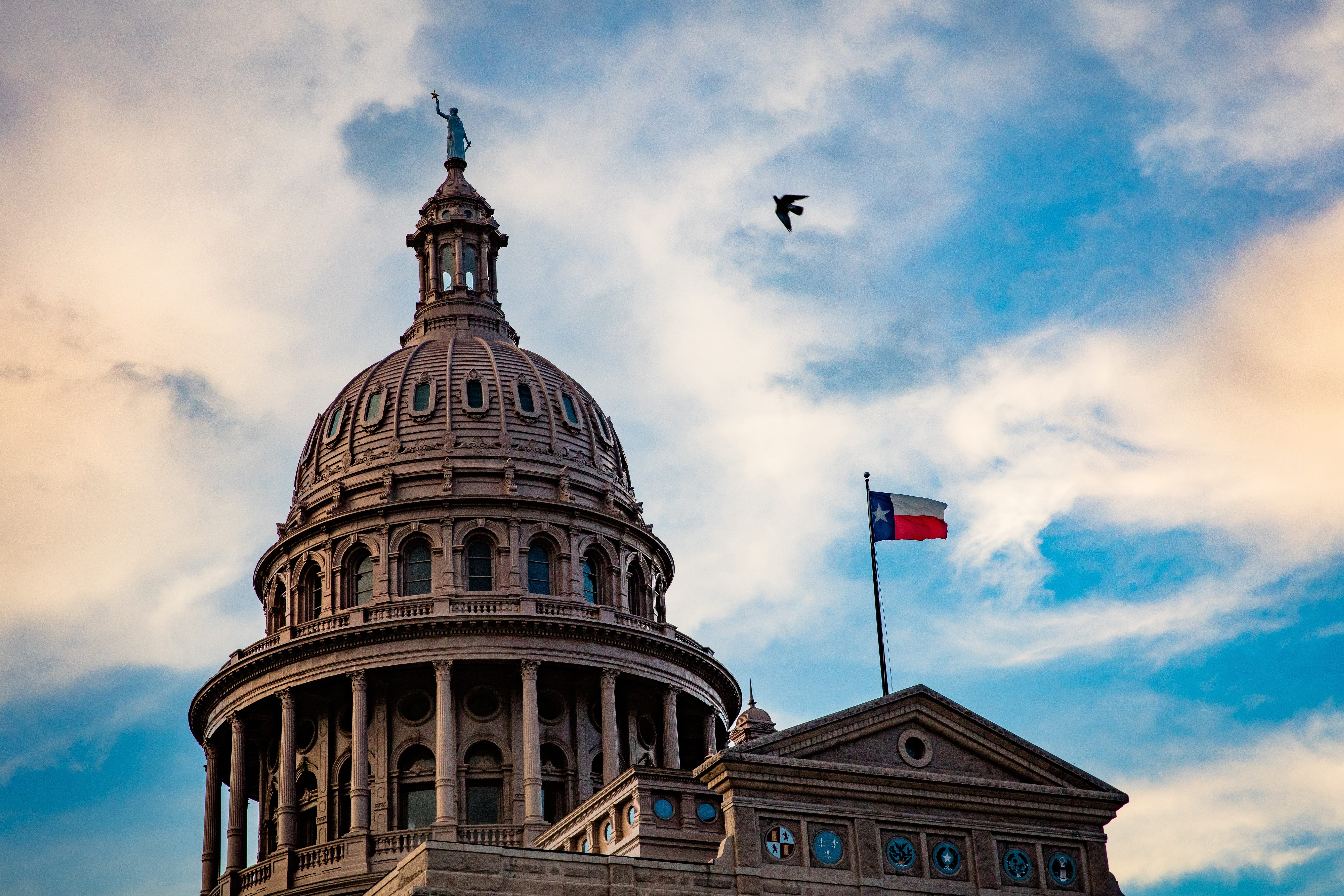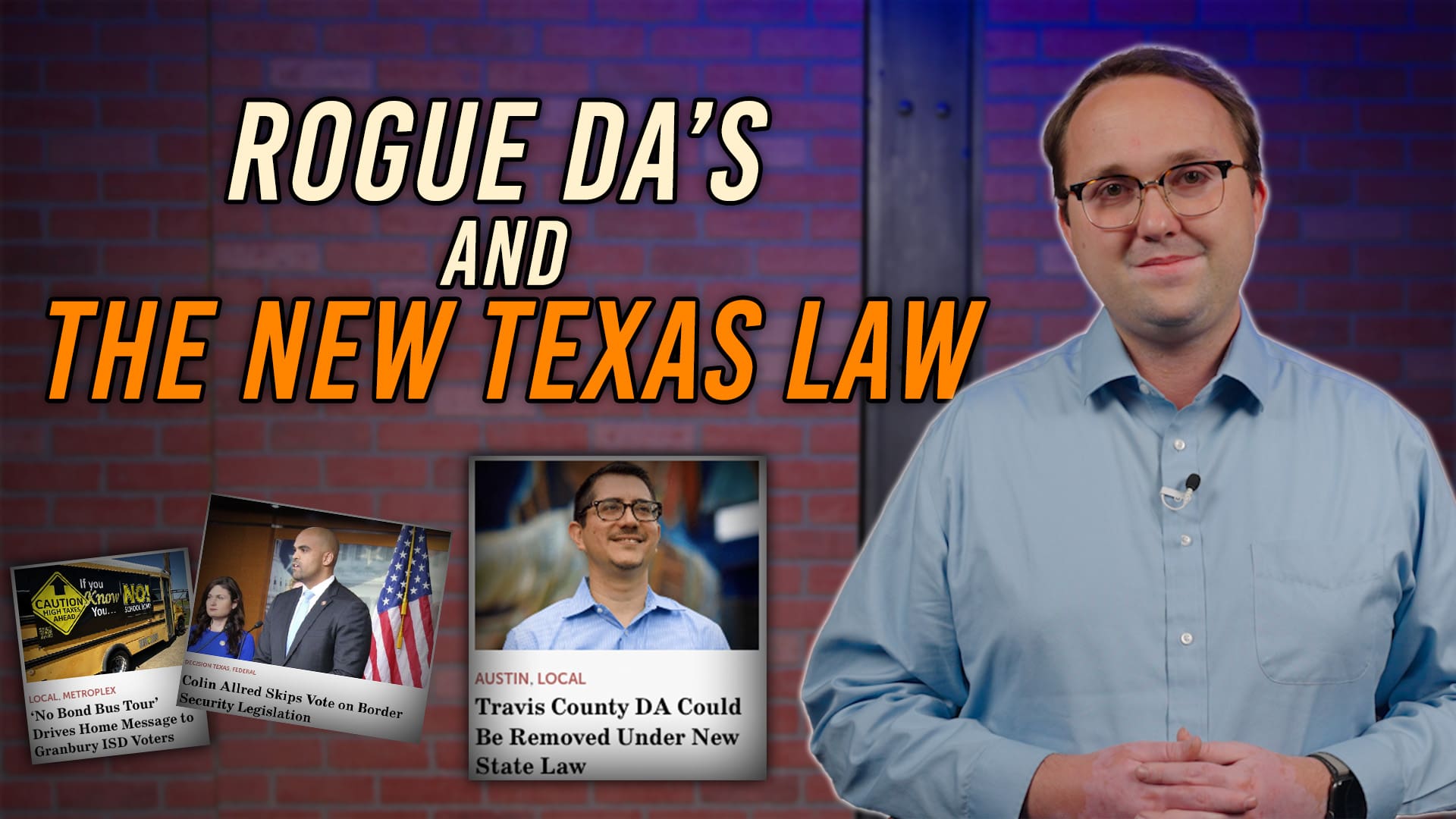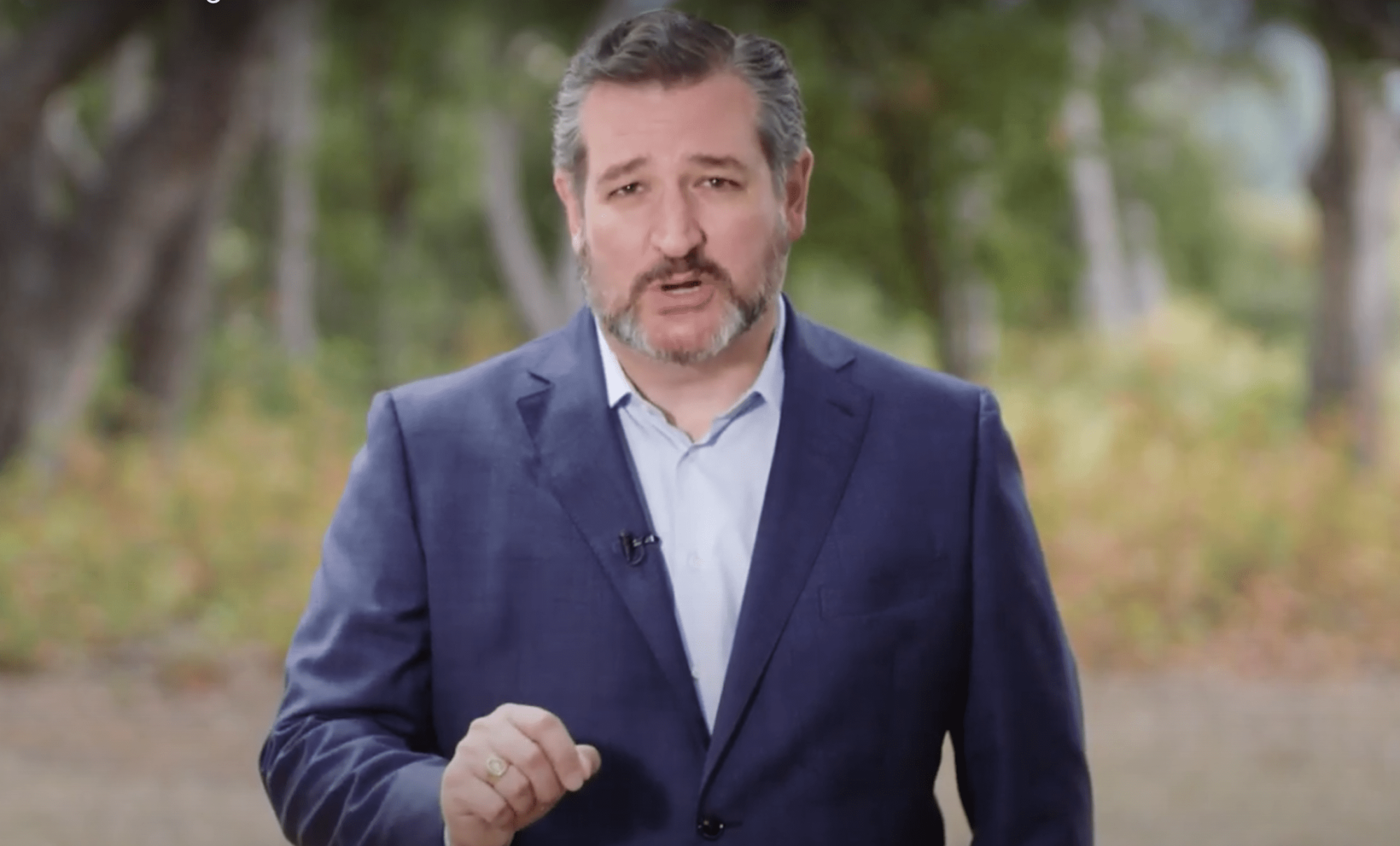TEXRail finally launched, after a week-long delay, and the politicians seemed more excited about it than the public. I rode the round trip from Fort Worth to the end of the line at DFW Airport to experience the billion-dollar project myself.
First off, finding the TEXRail boarding location was confusing; I later encountered others who were also lost. Thankfully, I soon found the rail and learned that the train’s Fort Worth hub at Texas & Pacific Station is also the hub for another boondoggle locomotive: the money-sucking, government-run Trinity Railway Express line.
I came to a ticket kiosk which looked like an artifact from the Soviet Union, only to have the machine ask for money even though tickets are free in January. I skipped the kiosk, went upstairs, and boarded the new train. Granted, both the inside and outside of the car were stunning and state-of-the-art (I would hope so, for $1 billion) — well, as state-of-the-art as one can get when it comes to a form of transportation from before the Civil War.
The most shocking part was during the train ride when I counted multiple times how many passengers were actually on board the “much-anticipated” train. The conductor informed me the train is designed to hold 440 people, but I never counted more than 68 other passengers during the trip to DFW Airport and back; that’s about 15 percent of capacity — and with the tickets being free for the first month.
Furthermore, the ride wasn’t even convenient. The trip to DFW Airport took about 58 minutes but, according to Google Maps, the same trip by car during that time would have only been around 45 minutes.
Granted, like one gentleman I met, there are people who are in situations where this train is both convenient and cheaper than what they would pay in gas. But is TEXRail really helping folks in tight situations when, at the end of the day, they and their neighbors’ livelihoods will become tougher as taxes and debt grow in order to keep the rail lines running? And let’s not forget that TEXRail’s own studies, previously reported on Texas Scorecard, show that it will not improve highway road congestion or have a positive impact on the environment.
Cities constantly trumpet how badly local taxpayers need rail yet, based on rider evidence, prospects for TEXRail paying for itself look pretty dismal once the free period ends and everyone must buy a ticket. And what’s worse, the tickets only pay up to 10 percent of the actual ride cost; the rest of the bill is thrown onto local, hard-working citizens.
A historical plaque at the T&P Station read that the previous rail line to occupy the station died in 1967; on top of that, Dallas’ recent attempt to resurrect public rail with DART has been failing. Why are politicians taking taxpayer money to provide trains that become giant black holes which consume more and more taxpayer cash?
Instead of wasting taxpayer dollars on inefficient, ineffective nostalgia, maybe cities should consider spending money on essential services like police and fire, and protecting hard-working citizens from being forced out of their homes because of suffocating taxes.
$1 billion could have certainly gone a long way toward those services.
